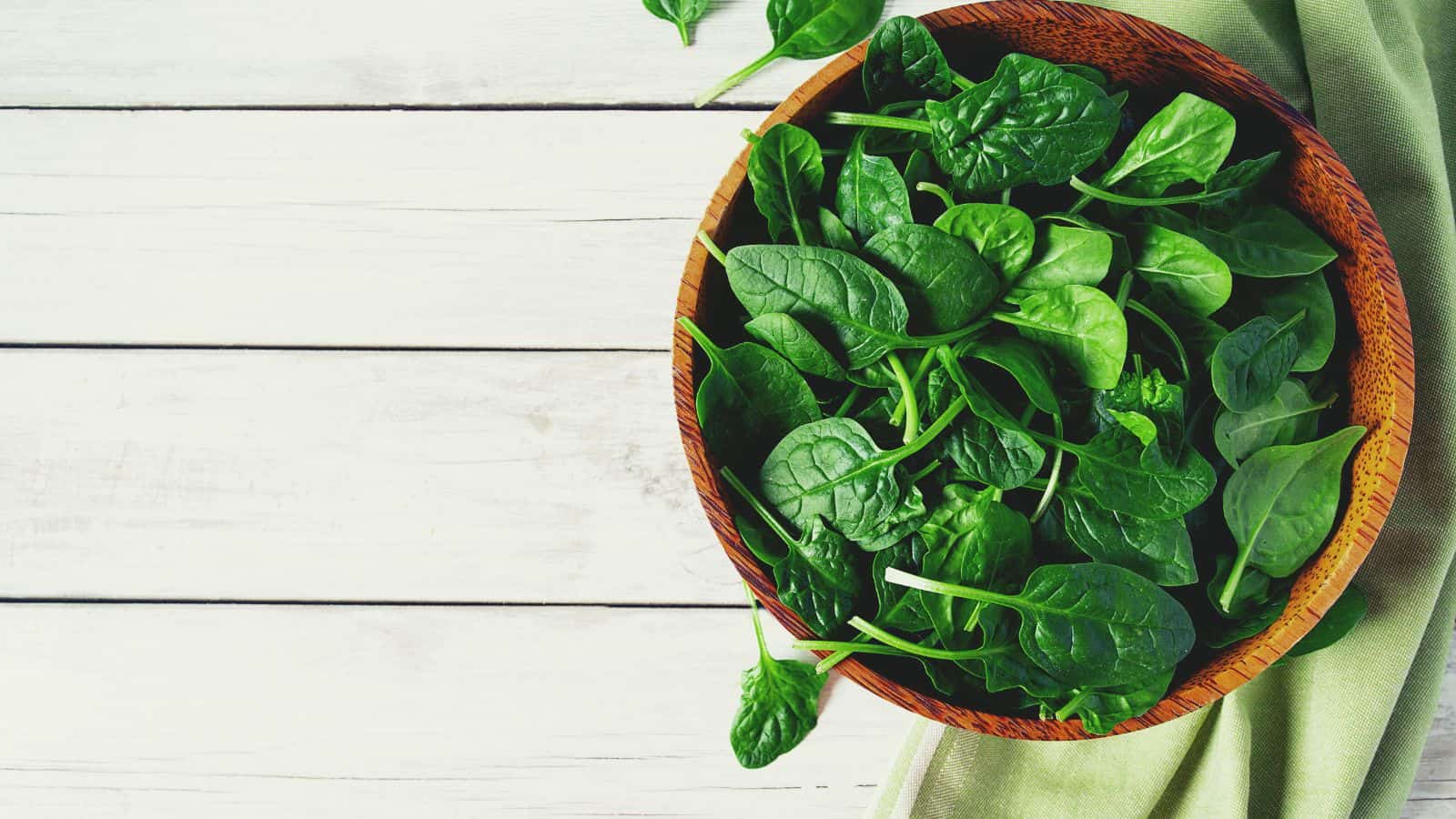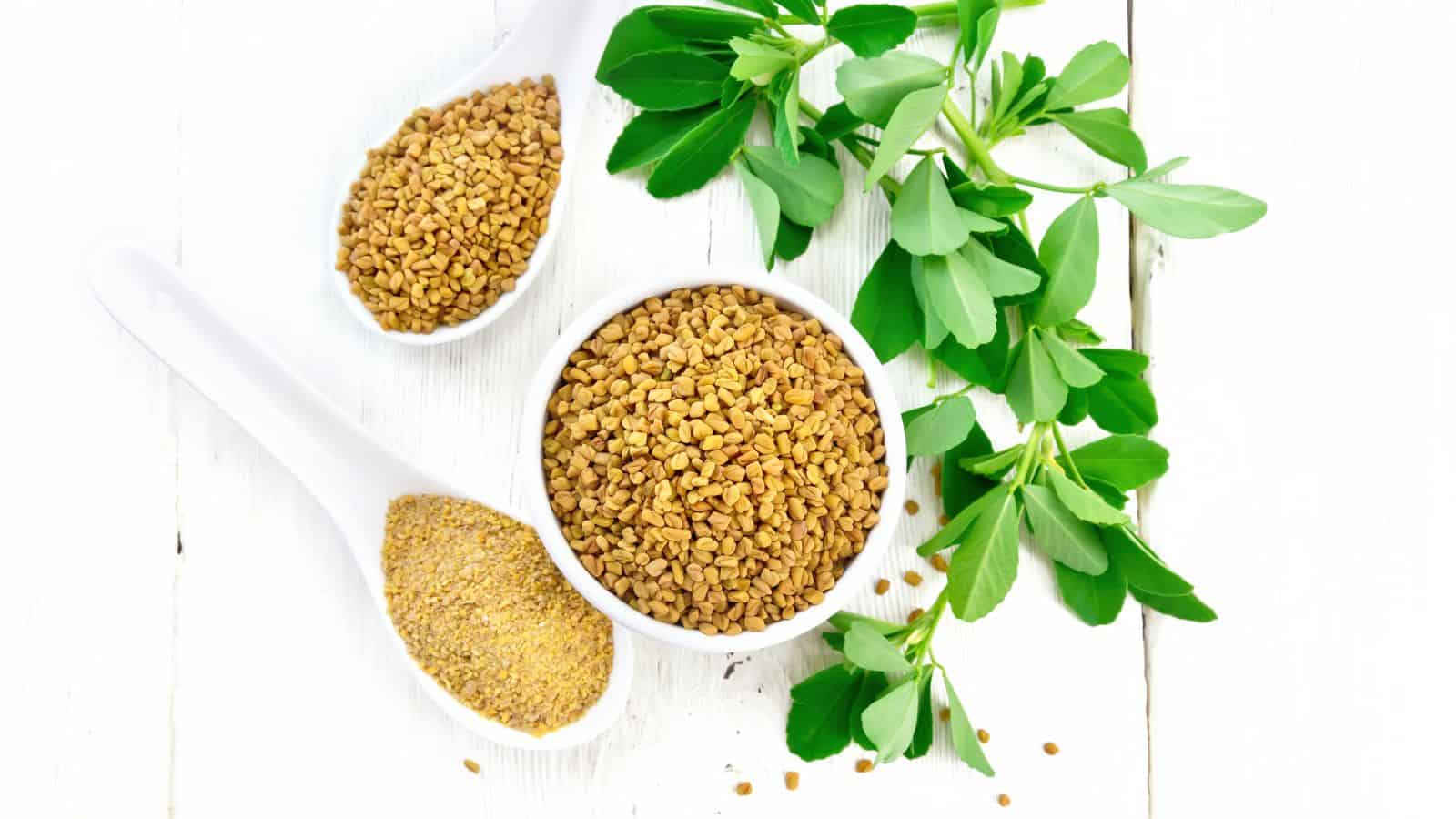When it comes to fertility, the foods we choose can play an important role. Around the world, people have turned to natural ingredients for centuries to support reproductive health. These 13 traditional foods for fertility are rich in nutrients that help balance hormones, improve circulation, and strengthen the body’s ability to conceive. Including these foods in your diet can be a great way to support your body’s natural functions without relying on anything artificial.
This approach isn’t about quick fixes or complicated routines. It’s about making straightforward choices that connect us to trusted practices from different cultures. Whether you’re planning for pregnancy or just want to keep your reproductive system in good shape, these foods fit easily into daily life. They bring a natural boost that’s gentle, effective, and rooted in tradition, helping create a healthy foundation for new beginnings.

Pomegranate (Middle East & Mediterranean)

Pomegranate is a fruit deeply embedded in the traditions of the Middle East and Mediterranean regions, often associated with fertility and life. Rich in antioxidants, this fruit helps combat oxidative stress, which can negatively affect reproductive cells. The juice and seeds contain compounds that may improve blood flow to reproductive organs and support hormone regulation. Its symbolic and nutritional importance has made it a valued part of rituals and diets aimed at boosting fertility across generations.
Chia Seeds (Central & South America)

Chia seeds are packed with omega-3 fatty acids, fiber, and protein, all of which help regulate hormones and support reproductive health. Their nutrient density aids in maintaining balanced blood sugar levels and reducing inflammation, factors that can influence fertility. Traditionally consumed by indigenous peoples, chia seeds have been valued for their ability to strengthen the body and enhance reproductive function through natural means.
Beetroot (Europe & Middle East)

Beetroot is known for its ability to enhance blood flow due to its high nitrate content, which converts to nitric oxide in the body. This process can improve circulation to reproductive organs and support hormonal balance. Additionally, beetroot contains antioxidants and folate, both of which play roles in reproductive health. Traditionally, it has been consumed in various forms to aid fertility and support the body’s natural reproductive functions.
Spinach (Europe & Middle East)

Loaded with folate, iron, and other vital nutrients, spinach plays an important role in supporting reproductive health. Folate is especially critical for women, as it aids in ovulation and reduces the risk of neural tube defects during early pregnancy. Iron supports healthy blood flow, which is essential for reproductive organs to function properly. Regular consumption of spinach is common in traditional diets aimed at improving fertility and maintaining hormonal balance.
Figs (Mediterranean & Middle East)

Figs carry a long history as a symbol of fertility and prosperity in Mediterranean and Middle Eastern cultures. They are packed with important nutrients such as fiber, vitamins, and minerals that support reproductive function. The fruit’s natural sweetness and texture have made it a staple in traditional diets focused on health and vitality. Figs are believed to help regulate menstrual cycles and improve sperm quality, and they often appear in natural remedies aimed at enhancing fertility.
Maca Root (Peru)

Maca root is a tuber native to the high Andes of Peru, traditionally used for centuries to support reproductive health and stamina. It grows in harsh conditions, which contributes to its dense nutrient profile, including vitamins, minerals, and plant compounds thought to influence hormone balance. People have relied on maca to enhance energy levels, improve libido, and support fertility in both men and women. It is often ground into powder and added to drinks or meals as part of traditional practices.
Black Sesame Seeds (China)

Black sesame seeds have been used in Traditional Chinese Medicine for centuries to nourish the kidneys, which are believed to be connected to reproductive health. These seeds are rich in essential fatty acids, minerals like calcium and magnesium, and antioxidants. They are thought to strengthen the body’s vital energy, improve blood quality, and support hormonal balance. Often incorporated into teas, pastes, or confections, black sesame seeds play a role in fertility-enhancing remedies passed down through generations.
Honey (Various Cultures)

Known for its natural sugars and bioactive compounds, honey has been used in fertility rituals and traditional remedies across many cultures. It contains antioxidants and enzymes that may help reduce inflammation and support reproductive organs. Honey’s role in boosting energy and promoting hormonal health has made it a valued ingredient for those seeking to enhance fertility. Its long history includes use in both men’s and women’s health preparations.
Fenugreek Seeds (India)

Fenugreek seeds have a prominent place in Ayurvedic medicine, where they are used to balance hormones and support reproductive health. These small, golden seeds contain compounds that may influence estrogen levels and improve the function of reproductive organs. Traditionally, fenugreek is consumed in teas, powders, or cooked dishes to help regulate menstrual cycles and enhance fertility. Its use spans centuries, reflecting a deep cultural knowledge of its potential benefits for those seeking to conceive.
Seaweed (Japan & Coastal Regions)

Seaweed is a nutrient-dense marine vegetable rich in iodine, calcium, and magnesium, all important for thyroid health. The thyroid gland plays a key role in regulating hormones that influence fertility. Coastal communities have long relied on seaweed as a natural source of these minerals, supporting reproductive function through balanced endocrine activity. Its inclusion in diets helps maintain metabolic health, which is closely tied to reproductive capabilities.
Dates (Middle East & North Africa)

Valued for their dense nutrient content, dates have been used traditionally to support reproductive health and prepare the body for conception. Rich in vitamins, minerals, and natural sugars, they help replenish energy and support hormonal balance. Their high potassium and magnesium levels contribute to improved circulation, which is important for reproductive organ function. Dates are often included in fertility-related diets and rituals across Middle Eastern and North African cultures.
Walnuts (Global)

Rich in omega-3 fatty acids, antioxidants, and essential nutrients, walnuts have been linked to improvements in male fertility, particularly sperm quality and motility. These nuts contain important vitamins such as vitamin E, which helps protect reproductive cells from oxidative damage. Consuming walnuts regularly is a tradition in many cultures for supporting reproductive health. Their nutrient composition supports hormonal balance and cellular repair, both crucial for reproductive function.
Avocado (Central & South America)

High levels of healthy monounsaturated fats, folate, and vitamin E make avocado a valuable food for supporting reproductive health. These nutrients contribute to hormone production, cell membrane integrity, and the development of healthy eggs and sperm. In many indigenous cultures, avocado has been incorporated into diets to promote fertility and nurture the body’s reproductive system, reflecting its long-standing role in traditional health practices.
Fuel the Love Factory

Taking a moment to include traditional fertility foods in your diet can be a simple way to support your reproductive health. These natural choices come from cultures that have trusted them for generations, showing that good nutrition plays a key role in preparing the body for conception. It doesn’t have to be complicated or overwhelming—small changes can make a meaningful difference over time.
Remember, supporting fertility is about patience and consistency. Adding these foods to your routine can help create a healthy environment for your body without stress or pressure. Whether you’re just starting to think about fertility or have been on the journey for a while, turning to these time-tested foods can be a great step. They connect you to natural traditions that focus on balance and well-being, helping you move forward with confidence.
Foods That Boost Brain Health for Sharper Focus

Keeping your brain healthy and sharp is important for everyday tasks and long-term well-being. With these 13 foods that boost brain health for sharper focus, you can improve your mental performance through simple dietary changes. From omega-3 rich fish to antioxidant-packed berries, these foods can help nourish your brain and enhance its function.
Read it Here: 13 Foods That Boost Brain Health for Sharper Focus
Boost Your Metabolism with These Drinks for Enhanced Energy Levels

Ever feel like your metabolism could use a little boost? You're not alone. Many of us are on the lookout for simple ways to keep our energy levels up and our bodies running smoothly. One of the easiest methods is through what we drink. In this article, we'll talk about 11 drinks that can help in metabolism.
Read it Here: Boost Your Metabolism with These 11 Drinks for Enhanced Energy Levels






Tell Me What You Think!